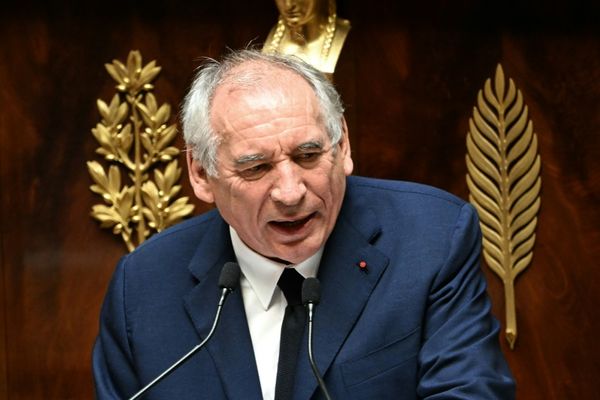Ravi K Chandran's frames carry a stamp of his finesse. A younger brother of acclaimed late lensman Ramachandra Babu, perhaps the art of effectively telling a story through moving images is in Ravi's blood. Having made his mark in South India and Bollywood, the master craftsman has over the years teamed up with many celebrated filmmakers — from Mani Ratnam to Priyadarshan to Sanjay Leela Bhansali. With over 50 films under his belt, his oeuvre boasts noted works such as Virasat, Black, Dil Chahta Hai, Ghajini, Minsara Kanavu, Kandukondain Kandukondain, Kannathil Muthamittal and so on. Ravi is also a founding member of the Indian Society of Cinematographers.
The ace lensman speaks to MetroPlus as part of Animation Masters Summit organised by Thiruvananthapuram-based Toonz Media Group. Excerpts from the Zoom interview...
You started your career in Malayalam with Kilukkampetti in 1991 and went on to do over a dozen movies in the language before making your mark in Tamil. How special is Mollywood for you?
I have been lucky that I grew up interacting with several great directors and actors in Malayalam thanks to my elder brother (Ramachandra Babu). So movies have always been a part of my formative years. I used to tag along with my brother, who had done a lot of films in the language, that indirectly helped me get good exposure to the art of cinematography early on. In fact, many great cinematographers in the country had their introduction in Malayalam and the industry used to be a hub for new talents. It's close to my heart too.
What's the most important quality for a cinematographer?
Cinematography is about telling stories. But there are also a lot of technical elements too that you have to learn. Some experiments may turn out failures and other success but the important thing is that you keep learning. However, what makes a good cinematographer is possessing an artistic eye. You need to first find out yourself whether you have it.
The secret behind some of your stellar frames...
(Laughs) No secrets. Gradually and with experience, you develop a style without really realising it. In every film I do, I try to use different kinds of lenses and stick to my patterns. But each film has to wear a different look, suiting its particular mood.
You turned director with the Tamil film Yaan (2014) but has not helmed any other project since. How different does it feel to don the director's hat?
Yaan was a mixed experience. It took about two-and-half-years for the film to take off and it wasn't all that happy. I think I'll be able to speak more about direction after my next venture. It's a different animal and needs time to plan and execute.
With the aid of technology now, do you think there's been a shift from thrust on narrative towards attaining technical brilliance, especially in cinematography?
Good techniques alone do not make a film. If you tell a good story, people will just love it. For instance, look at a movie like (Oscar-winning) Parasite. A lot of technical features are used in it but they remain almost invisible, putting the story in the foreground. Techniques must be used as a tool to enhance and represent the story.
The most challenging project yet...
Each film throws up its own unique set of challenges but still I think it is Saawariya (directed by Sanjay Leela Bhansali). The whole film was shot inside a large set and mostly involved night shots. But if you ask me the most demanding director I have worked with, it is Mani Ratnam. He sets the bar so high.
Your take on new-gen films in India. A lot of them are experimental and strike a chord with the cine-goers despite limited budgets.
Filmmaking has become very open now. With a digital camera, perhaps anyone can make a movie if one has the talent to. And, of course, a lot of surprisingly brilliant experimental films are coming out. There is a lot of opportunities today and short films are often seen as a passage to larger filmmaking dreams. Also, so much of content is required now, with the proliferation of OTT platforms and so on. The consumption patterns are also changing.
Upcoming works.
I have been offered two or three films in Malayalam but talks are only on. However, next up is Kaduva (starring Prithviraj Sukumaran) where I'm teaming up with (director) Shaji Kailas again. In Hindi, Coolie No 1, helmed by David Dhawan and a remake of the 1995 movie of the same name, is awaiting release. I would love to do a movie with Lijo Jose Pellissery some day. I'm just waiting for an opportunity and I have already told him that he doesn't even need to pay me (laughs).
So, how have you been keeping yourself busy this lockdown period?
Cooking, cleaning and washing... and now I have really gotten used to doing these. Work-wise, I have done some TV commercials in the work-from-home style, with the cast and crew at their own houses. I'm also working on some scripts and stories.
Your advice to aspiring cinematographers...
Shoot.. shoot a lot. Nobody can teach you creativity. You have to learn it yourself by doing.







